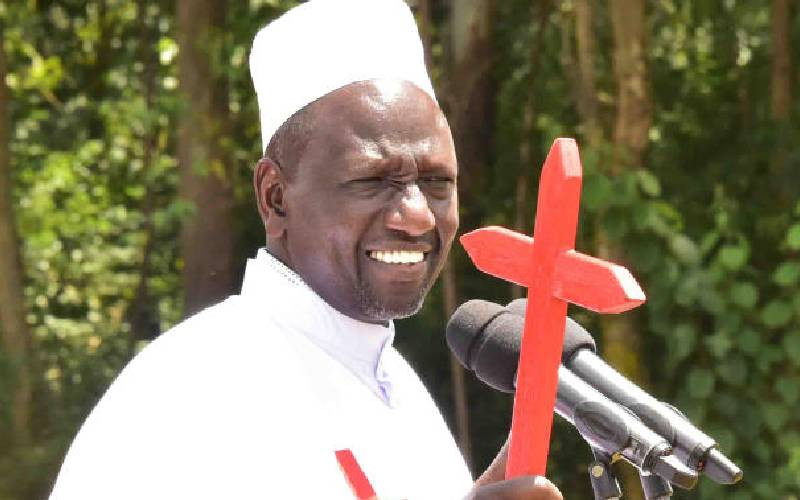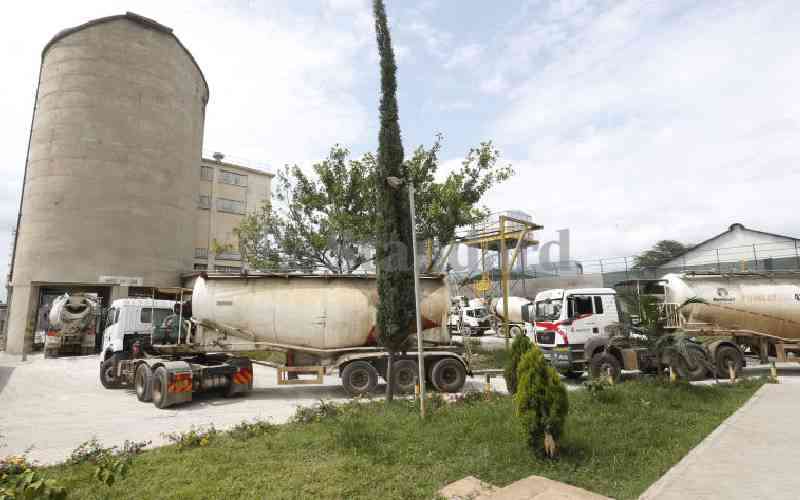 |
The executive committee of Kenya Association of Family Physicians.
SEATED FROM LEFT: Drs Linda Thorpe, Joshua Nderitu, Shem Musoke, Franklin Ikunda, Ravi Sharma. Standing: Drs Patrick Chege and Gulnaz Mohamoud, Edith Kabure Ernest Tenambergen, Jacob Shabani and Ajay Chaniyara. [PHOTO: BRIGID CHEMWENO/STANDARD] |
NAIROBI: Family physicians in Kenya will, for the first time, mark the World Family Doctor Day on May 19. The day underlines the significant role played globally by the primary care providers in meeting the challenges underlined in the Millennium Development Goals.
Family physician Dr Gulnaz Mohamoud of the Aga Khan University Hospital in Nairobi says the doctors will offer free medical screening at Kilimani Primary School for students and the surrounding community on May 18 to commemorate the day for the first time in Kenya.
“Thr aim of the event is to recognise general practitioners as front-line primary care professionals,” says Mohamoud.
The increased training of family physicians by Kenyan universities, she says, will provide the best opportunities for the function of the family doctor to be appreciated by other players in the health care system.
In Kenya, Moi and Aga Khan universities offer training in Family Medicine. The University of Nairobi, Maseno University and Kabarak University are in the process of rolling out their programmes.
The family physician is a medical doctor providing comprehensive clinical care over a wide range of patient conditions. They take into account the patient’s physiological, psychological, socio-economic, cultural and spiritual dimensions within the context of their family and community.
“The family physician is distinct from other specialists by being a ‘generalist’ with a ‘working knowledge’ of other specialties, working in the frontline of services and providing primary care for the individual, the family and the community at large. Hence he or she can function at various levels of the healthcare system,” says Mohamoud.
In a hospital or health centre, a physician provides out-patient and emergency care. They may also train and guide other primary care providers in the nearest health facilities.
In Kenya, a family physician should complete five years of undergraduate training leading to a bachelor’s degree in medicine and a degree in surgery, one year of internship and an additional four years of specialised, postgraduate training in family medicine.
In 1994, the World Health Organisation (WHO) recognised the importance of the family physician as well as the family doctor’s ability to manage most medical problems.
The WHO stated, “Given the need to provide primary care services to the entire population, as well as the family doctor’s ability to manage most medical problems, it makes sense that a majority of physicians should be trained to practise as family doctors. This may be even more important in developing countries, where it may be prudent to limit the utilisation of costly hospital-based technology.”
To bring family medicine close enough to families, 8,000 well-trained primary care providers would be needed. But Kenya has only 80 family physicians and not more than 1,000 general practitioners close enough to the communities.
“The main obstacle seems to be that despite its 35-year history, family medicine is neither fully understood by the general public nor by health care professionals and political decision makers,” adds Mohamoud.
 The Standard Group Plc is a
multi-media organization with investments in media platforms spanning newspaper
print operations, television, radio broadcasting, digital and online services. The
Standard Group is recognized as a leading multi-media house in Kenya with a key
influence in matters of national and international interest.
The Standard Group Plc is a
multi-media organization with investments in media platforms spanning newspaper
print operations, television, radio broadcasting, digital and online services. The
Standard Group is recognized as a leading multi-media house in Kenya with a key
influence in matters of national and international interest.
 The Standard Group Plc is a
multi-media organization with investments in media platforms spanning newspaper
print operations, television, radio broadcasting, digital and online services. The
Standard Group is recognized as a leading multi-media house in Kenya with a key
influence in matters of national and international interest.
The Standard Group Plc is a
multi-media organization with investments in media platforms spanning newspaper
print operations, television, radio broadcasting, digital and online services. The
Standard Group is recognized as a leading multi-media house in Kenya with a key
influence in matters of national and international interest.






